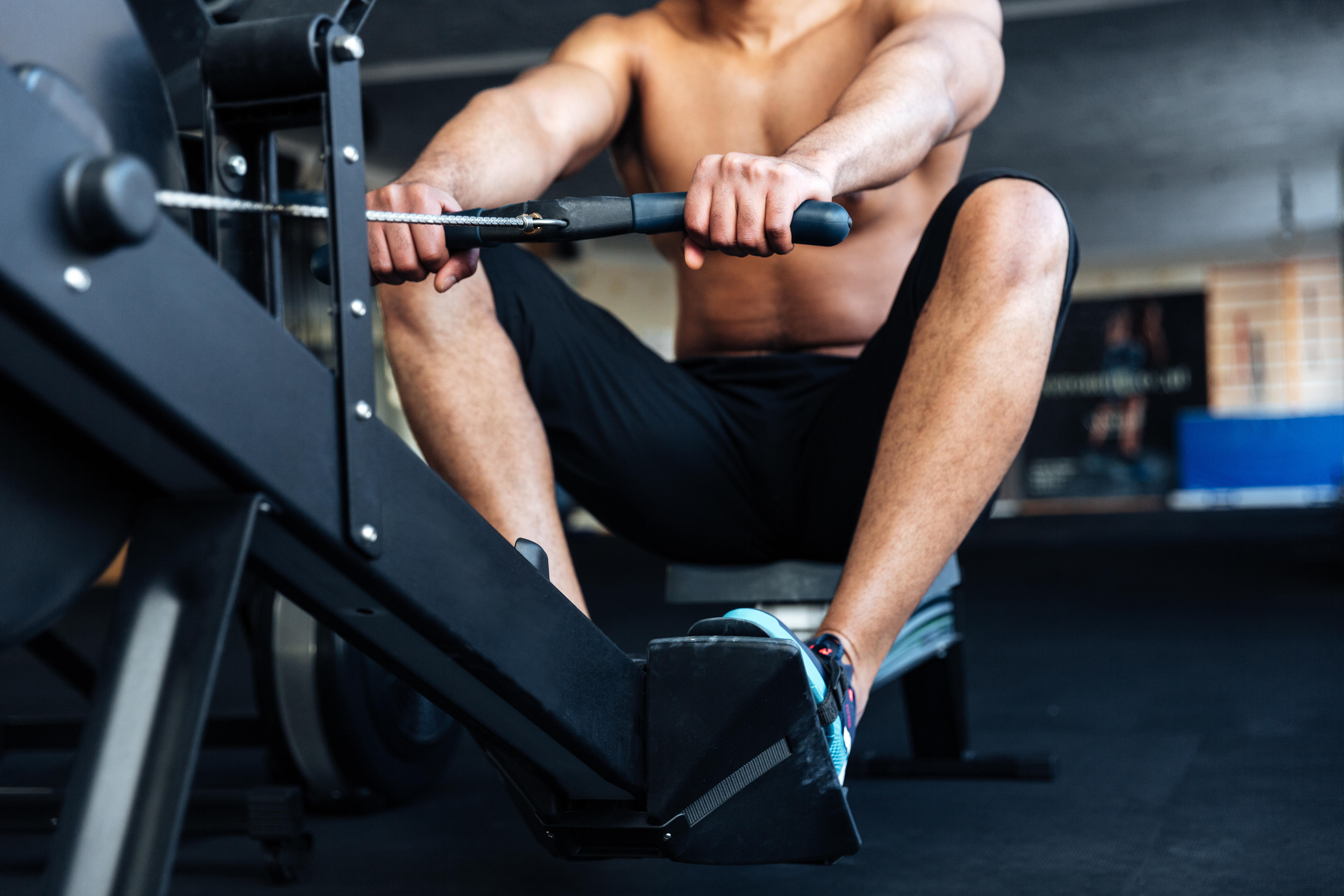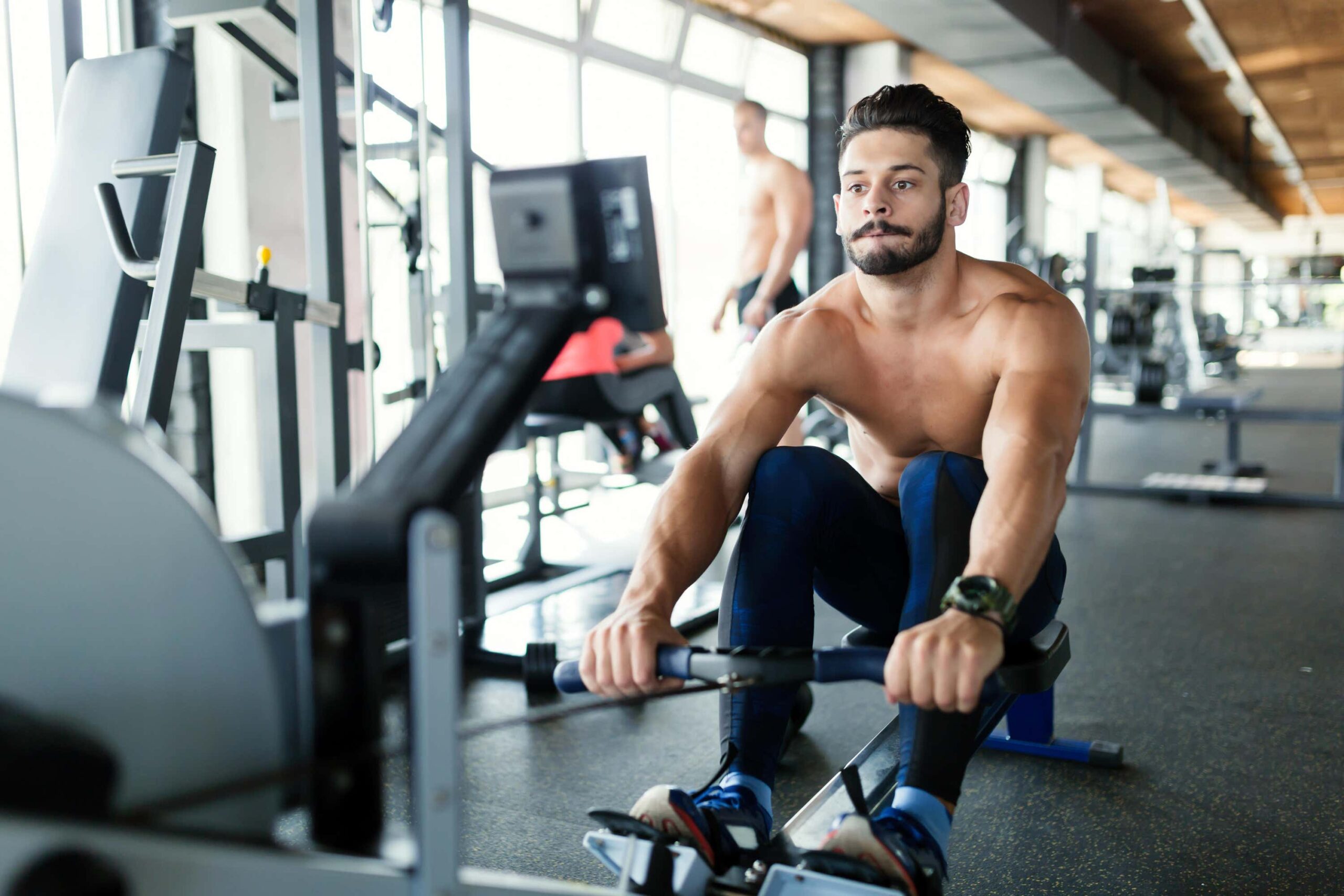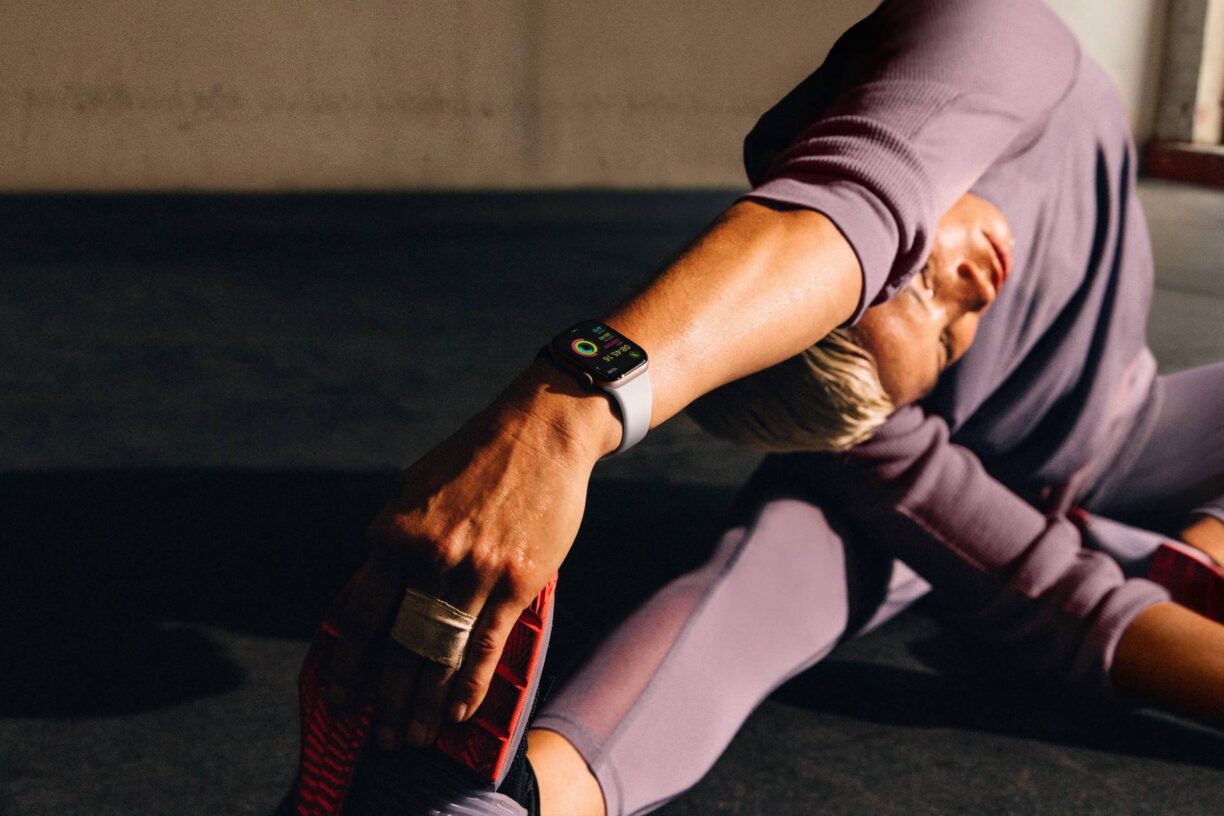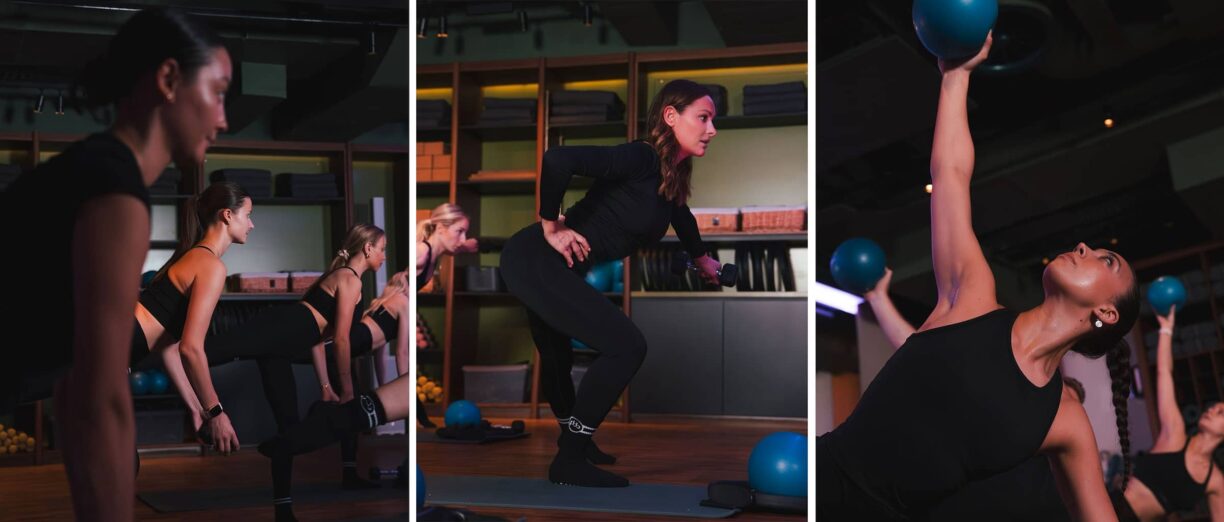Hugh Jackman credits it for sculpting his Wolverine physique, Conor McGregor regularly trains with it between fights and Gerard Butler says it was the secret weapon in his training, while shaping up for the Spartan film 300.
Indoor rowing machines rarely get the same attention as weights and treadmills, but if they’re used correctly, experts say they can be a fast-track to building muscle and shredding fat. And with the rise of dedicated boutique fitness studios across the UK, more of us are finally waking up to the full-body benefits.
The good news is, you don’t have to get out into open water to reap the stamina-building benefits of getting your row on. Here’s everything you need to know about strapping in and toning up.
What are the fitness benefits of rowing?
There’s a reason why many elite athletes rely on the rower as their cross-training method of choice. “It is, objectively speaking, the most effective and efficient cardio machine,” believes Pelé Zachariah, head trainer of London-based rowing fitness studio Rowbots.
“One of the best things about rowing is that it’s low-impact, which means t doesn’t put constant stress on the joints and the connective tissues.”
In particular, it can be a great way for runners to maximize their fitness, without risking overtraining injuries before that all important race day.
“I think of it like the glue between any and every other sport of athletic endeavour,” says Zachariah.
“Whether you’re looking to generate more explosive power for your 100m run at the track, or to increase your trunk strength and spinal stability for a heavier deadlift, the rower has got you covered; it builds full-body structural strength, which can be directly carried over to all other athletic movements.”

After a period of time off exercise, rowing can also be a great entry point to get back to a structured training programme, due to the fact it’s a full body movement that uses over 86% of our muscles, engaging all major muscle groups – US rowing athlete Dani Hansen says this is more than double the engagement you get from cycling or running.
Hansen, who has won three silver medals from the World Rowing Championships, says there’s a common misconception that rowing is all about upper body strength, but in reality, your arms, legs, core and back each play an equally vital role in the rowing stroke.
“It’s also an incredibly efficient exercise, so even if you only have 20 minutes, you’re still getting an amazing workout, which is perfect for people short on time.”
Does indoor rowing have any benefits over outdoor rowing?
Having a roof over your head is an obvious advantage. “It’s a sport that can be enjoyed throughout the year, come rain, shine, or snow,” says Zachariah.
Also, for someone who isn’t a seasoned rower, he says it can be extremely hard to get a solid strength or aerobic-focused workout on the water, due to the balance and skill that must be acquired before being able to turn up the speed dial.
What are your top tips for first-timers?
Although it’s generally an extremely safe sport, Zachariah says there are a couple of pointers to be aware of before you attempt a distance row.
First up, form is key. “You should always make sure you’re generating as much power as possible from your legs, rather than yanking the handle bar towards the body.
This will ensure that minimal stress is put on the lower back throughout the rowing stroke,” says Zachariah.

“Also, maintaining rhythmic breathing and a consistent pacing technique will allow you to move safely and efficiently throughout the stroke, from start to finish, rather than going from 0-100 from the offset, which will lead to a lower quality stroke and could create a bigger risk of injury.”
Hansen adds that being patient and allowing yourself the time to learn the stroke properly is vital.
Dedicated rowing studios like Rowbots will have trainers on-hand to demonstrate the technique, but if you have the luxury of a bigger budget, she recommends investing in a smart bike-like Hydrow (£2,295, hydrow.co.uk) which has a 22inch LED screen with ‘learn to row’ workouts, that will help you to nail the technique.
That said, you don’t need loads of cash to reap the benefits, as most local, low-cost gyms have rowing machines available, along with personal trainers who can help you to build up your confidence.
All you need to do is strap in, set sail and prepare for achy arms, legs and abs the day after.





